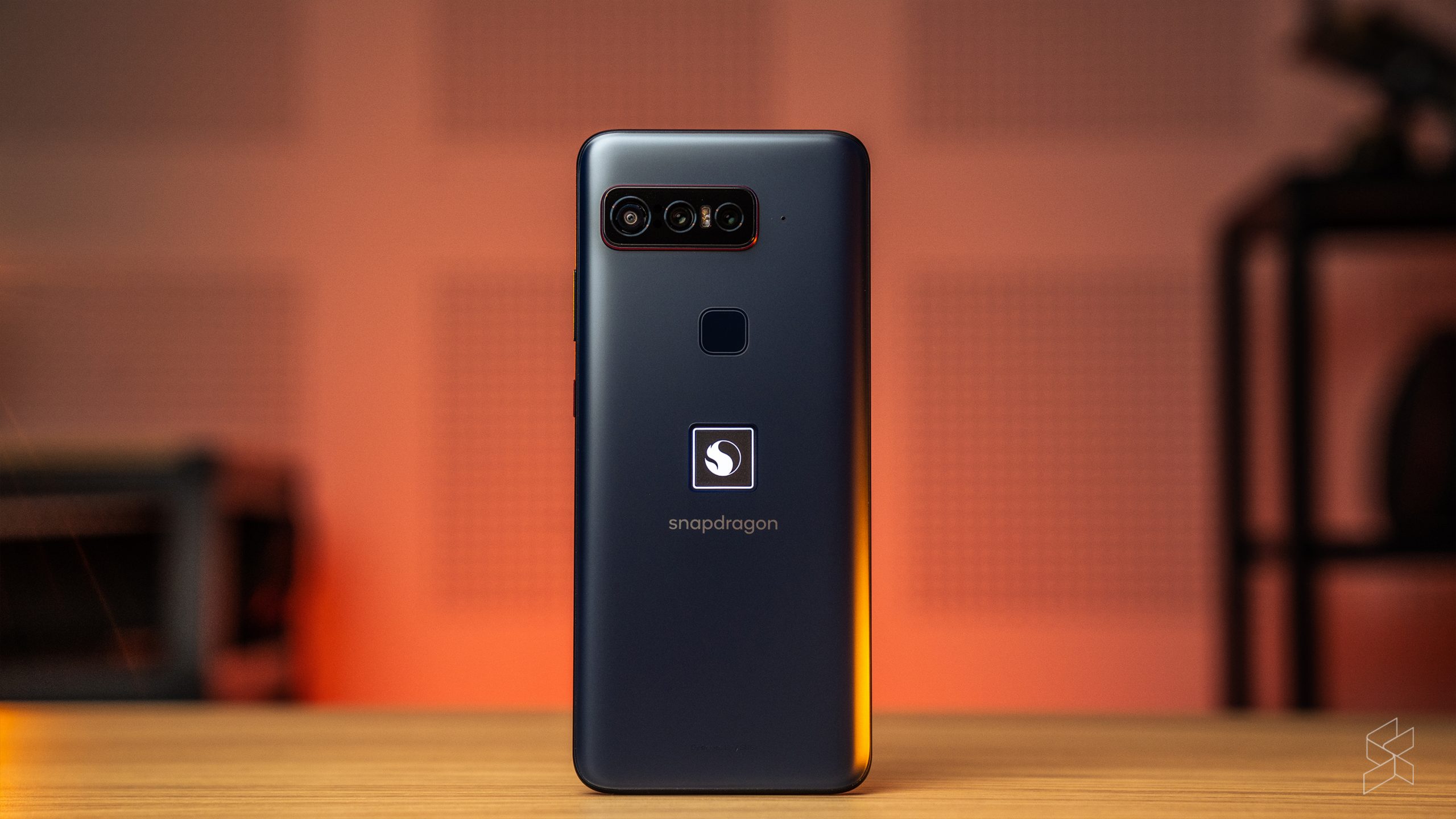In the past decade or so, we’ve seen a number of tech companies enter the hardware market. We’ve got Microsoft with their Surface lineup of devices, while Google of course has also done it with their Nexus and then Pixel smartphones as well as Pixelbook laptops too. The latest tech giant to join them in “making” their own hardware is Qualcomm, the people behind the Snapdragon processors that’s almost synonymous with Android devices. The result? The Smartphone for Snapdragon Insiders.
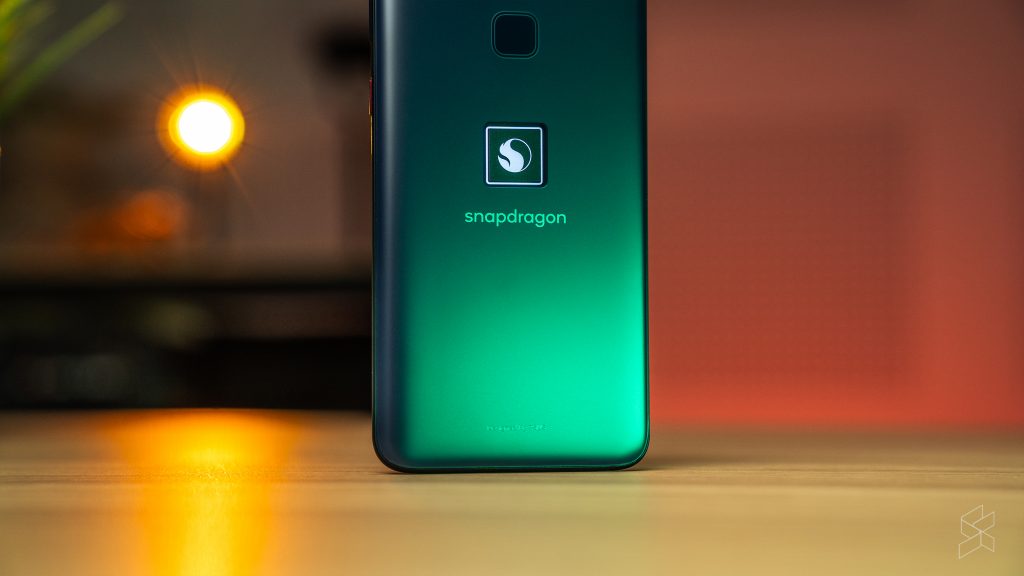
Let’s first be clear, it’s not exactly ‘made by Qualcomm’. The Smartphone for Snapdragon Insiders (I’m calling it the SSI from now on), is a result of a collaboration between Asus and Qualcomm, with the Taiwanese company taking on most of the design and manufacturing work for the resulting smartphone. It’s kind of like Asus releasing a new device with a bunch of Qualcomm branding on it, and it kinda shows once you pop it out of the box.
Haven’t we seen this phone before?
Taking it out of the box and using it, the first thought I had was a sense of deja vu, because it’s extremely similar to the Asus ROG Phone 5. It has the same 6.78-inch AMOLED display with a 144Hz refresh rate and 240Hz touch sampling rate, a similar looking body and frame and a similar camera-bump location on the back. It’s also fairly heavy, weighing in at 210g which is slightly lighter than the ROG Phone 5, but feels solid and premium in the hand.
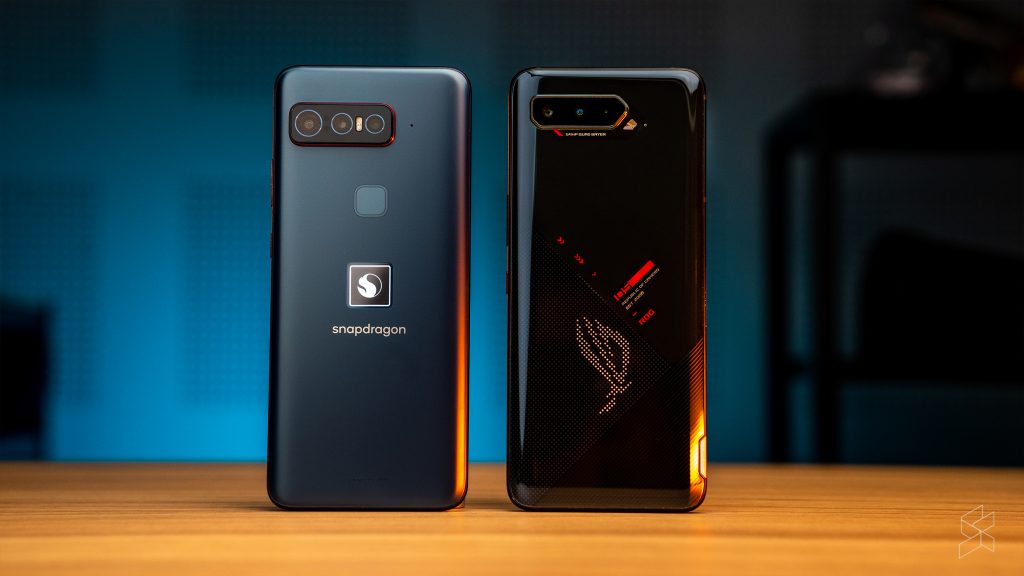
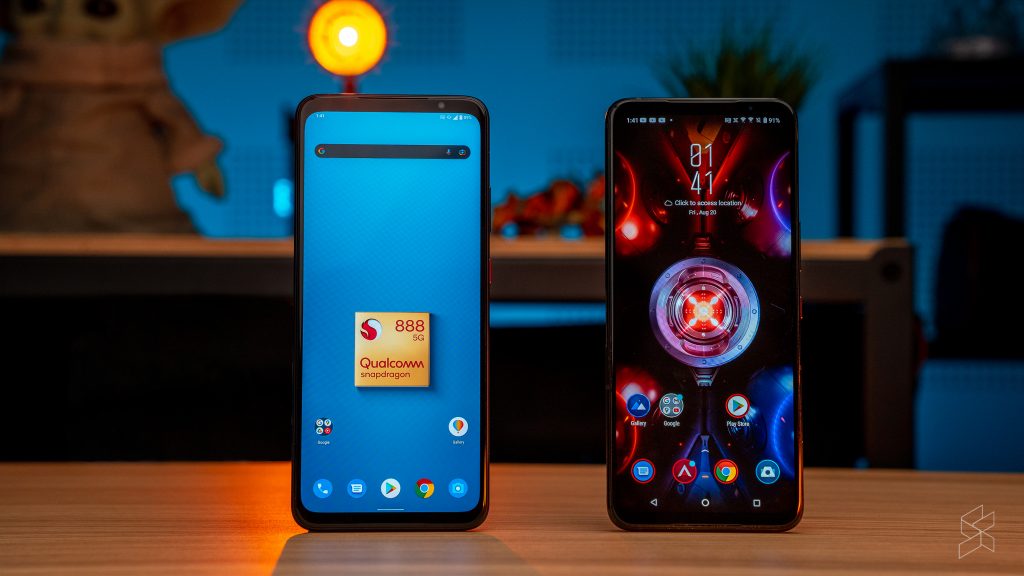
In fact, upon closer inspection you can even see remnants of the ROG Phone 5 on the SSI. The front glass of the SSI has a small slit cut out at the bottom, presumably for front-firing speakers. While that’s true for the ROG Phone 5, the SSI actually uses a bottom-firing speaker. I will though give it the benefit of doubt as the slot could still used be for a microphone. That’s not to say that it’s a complete carbon copy of the Asus-branded gaming smartphone though.
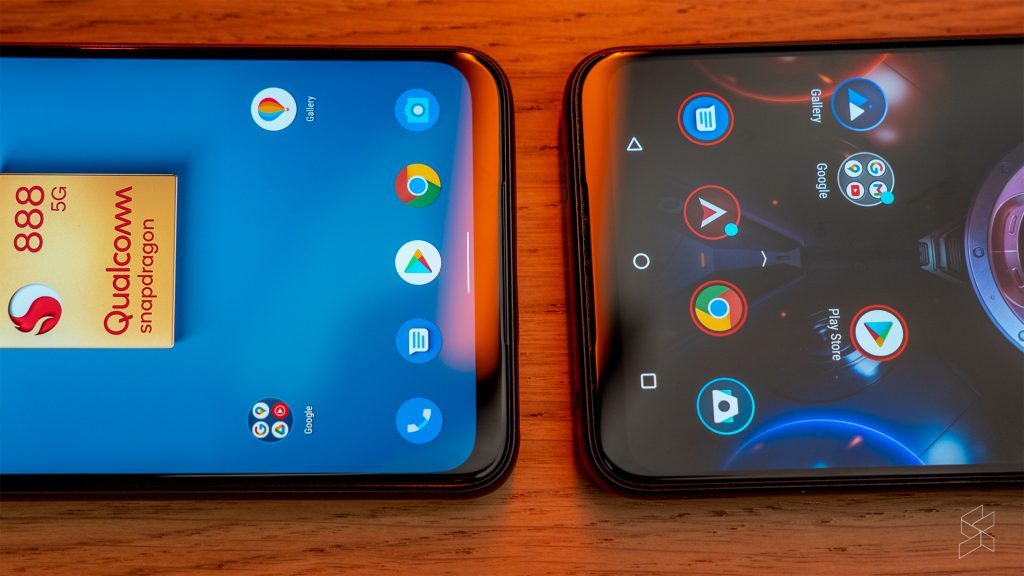
One notable difference is the Snapdragon logo on the rear that lights up. It’s a gimme that Asus would swap out the ROG lighting from the ROG Phone 5 and put a Snapdragon logo instead, but it’s still a nice touch. There’s also the much larger camera bump on the rear, different charging port locations, no 3.5mm audio jack and also a fingerprint sensor on the rear.
It does seem pretty odd that the SSI ships with a rear fingerprint sensor in 2021, but it seems as though this is because of two factors. The first is that Asus have used a solid glass OLED substrate instead of a flexible OLED substrate, which is incompatible with Qualcomm’s 3D Sonic Sensor Gen 2, Qualcomm’s own take on ultrasonic fingerprint sensor technology.


Nevertheless, the design is decent but does look fairly dated due to the rear fingerprint sensor. You will however get heads turning once you get the Snapdragon logo on the rear lighting up. Seeing that this is a Qualcomm-branded phone though, surely it’ll have some of the best performance out there right?
It handled everything as you’d expect
Realistically, with a Qualcomm Snapdragon 888 system-on-chip under the hood, performance was never going to be a problem. It runs as well as the ROG Phone 5 or most other flagship phones with the Snapdragon 888 would, and with the 16GB of RAM and 512GB UFS 3.1 storage on it, the SSI handles everything I threw at it perfectly fine.
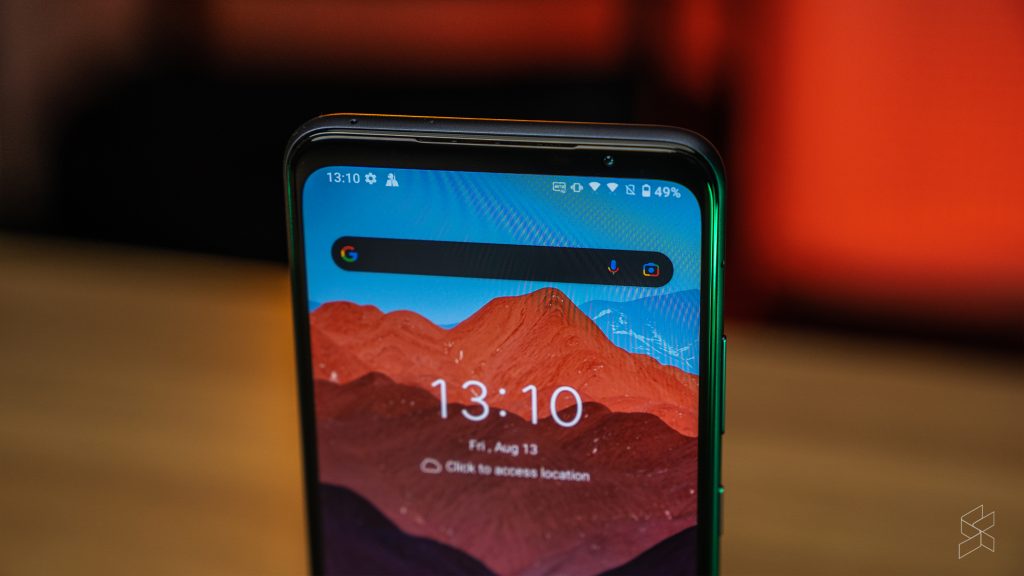
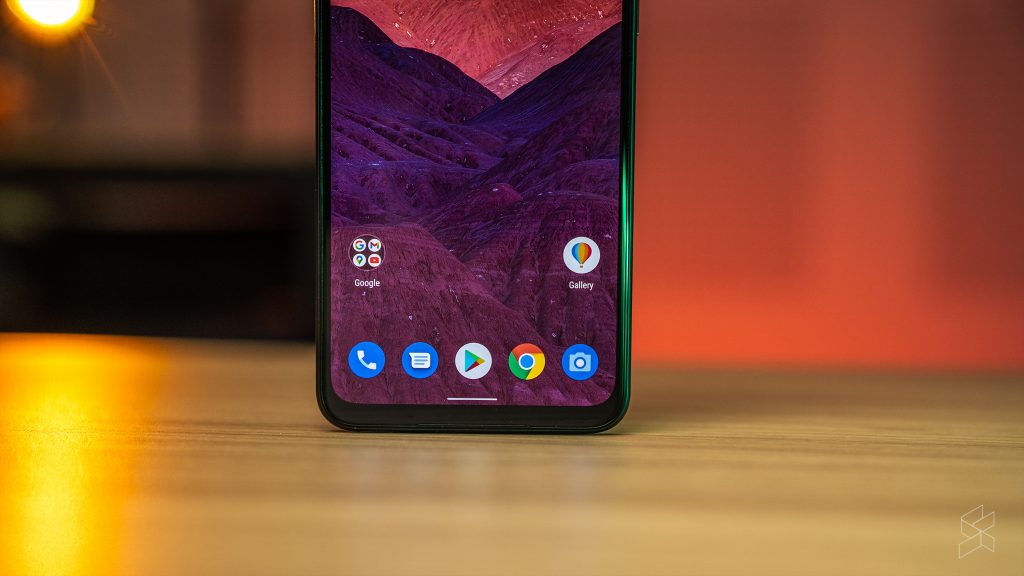
There was no issue with the day-to-day stuff even as I threw everything at it. Spotify, WhatsApp, Facebook, Twitter, Instagram—you name it, I had it opened and in the background. Everything was snappy and smooth, with no noticeable lag or thermal throttling happening. The same goes for gaming on it too; I managed to play just about everything I wanted on it. Magic the Gathering: Arena for example, a game that stutters during loading screens and big animation sequences on my daily driver Mi 9, had no issue whatsoever on the SSI.
The user experience was also mostly fine. Gone is the ROG UI skin with its gamery aesthetics, and in its place is a mostly stock Android 11 experience that in my opinion works well with the whole Snapdragon experience that Qualcomm seems to be going for. The SSI did get a bit warm though after a long session of games or content streaming, but nothing to the point where it was too uncomfortable to hold.
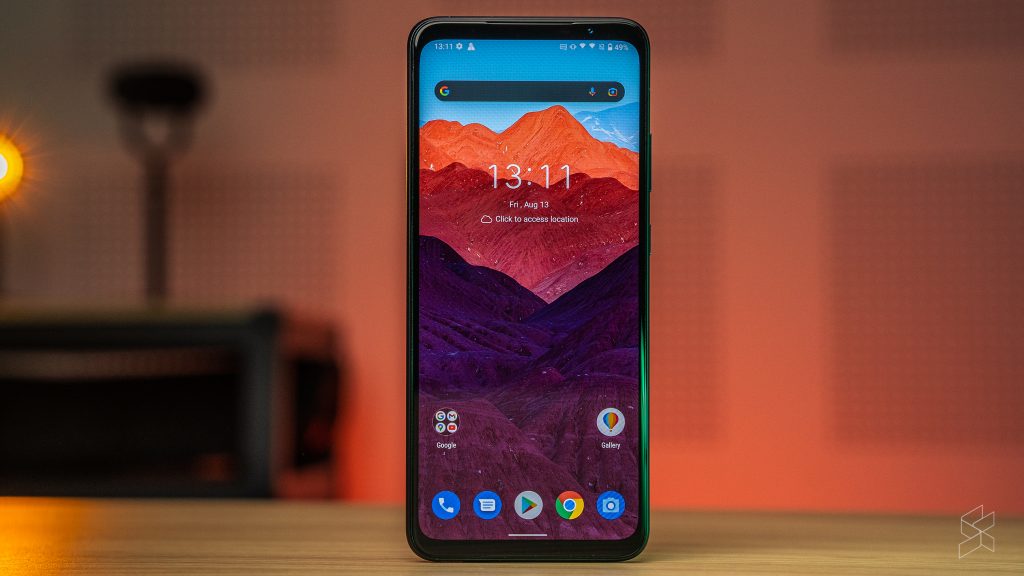
Where I do question the specs though is that the SSI uses the Snapdragon 888 rather than the Snapdragon 888+. It seems as though that this is because Asus were already way too far down the design and manufacture pipeline of the SSI and couldn’t change the processor at that point. There isn’t too much of a change in performance anyway, but it’s still a little odd to not see Qualcomm’s latest and greatest in a phone like this.
One big downside to the SSI’s performance though is the battery. The ROG Phone 5 has a massive 6,000mAh battery which unfortunately gets downgraded to just 4,000mAh here, perhaps to make it weigh less and be slightly thinner than the Asus device. However, they probably should’ve just kept the bigger battery because it just was not enough.
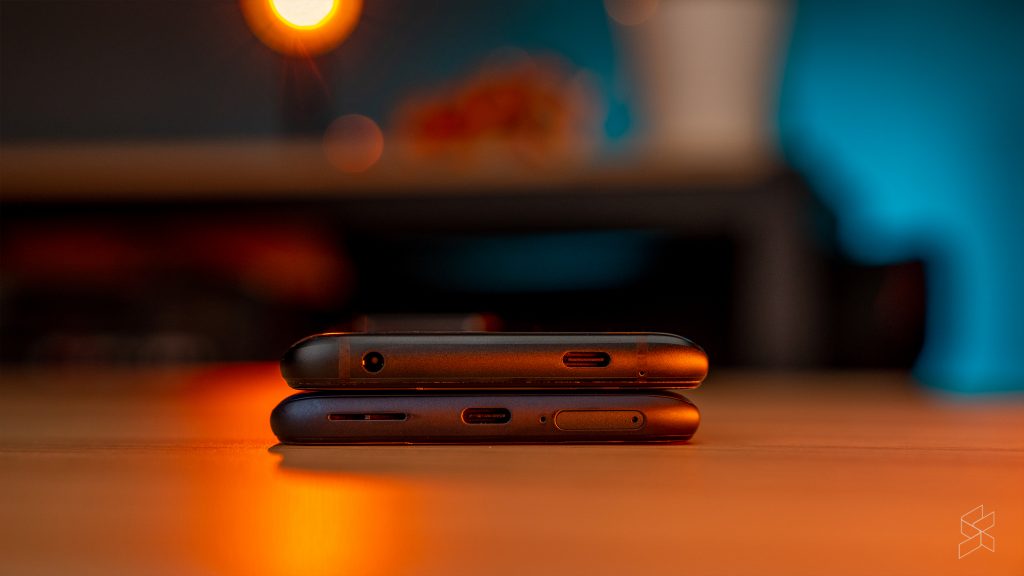
While I was able to get through the day with a full charge, I often times found the SSI down to just 20% and below by the time I leave the office. That’s honestly quite disappointing for any smartphone, not just for a high end device that’s supposed to be Qualcomm’s highlight product. I did use it somewhat heavily though—it was at 50-70% brightness most of the time, the Snapdragon logo backlight was on and I mostly used as I normally would for scrolling social media, Spotify in the car, checking emails and WhatsApp as well as the occasional game or YouTube video over lunch. I also had it kept at a 144Hz refresh rate, so it’s likely that you’ll get more out of it if you had it at lower settings.
Sure, I might’ve stretched it a little with maybe fewer games of MTGA or keeping the brightness down, but I’m not going to purposely not use the phone in a review. It’s also perhaps worth mentioning that there’s no wireless charging here too, which is again quite a shame. However, I was able to get the device to a full charge in just around an hour, something I quite appreciated.
Another quirk of the SSI is the rear fingerprint sensor. Glossing over the fact that this is a high end smartphone in 2021, I feel that Qualcomm or Asus really should’ve just dropped the Qualcomm’s 3D Sonic Sensor and gone for a more standard under-display fingerprint sensor. There wasn’t any noticeable improvement in unlock speed, and having it on the rear was just an inconvenience more than anything. And with the Snapdragon logo right below it, I found myself tapping the logo fairly often instead of the fingerprint sensor itself.
One of the best audiovisual experiences from a smartphone
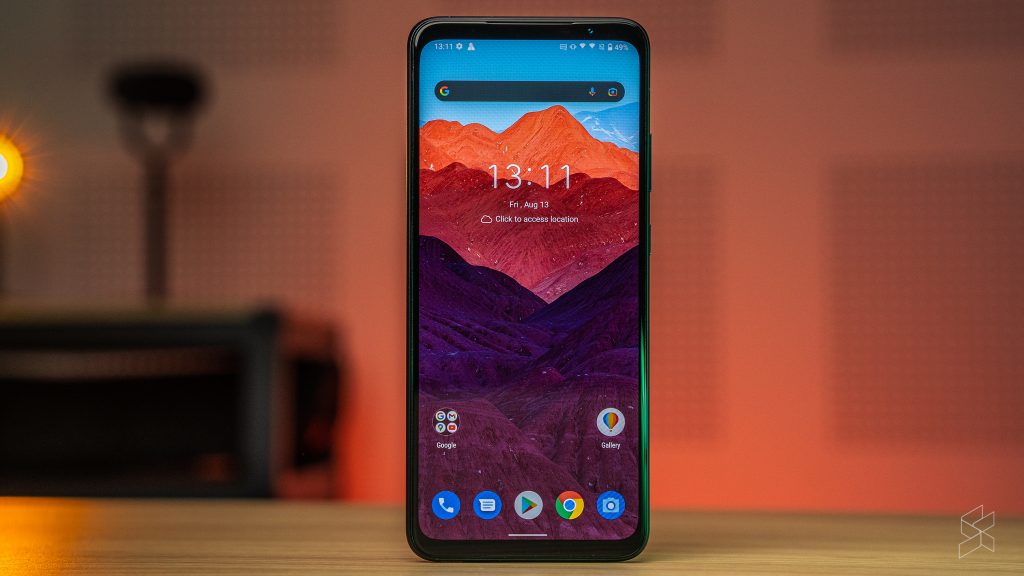
Probably because it’s more or less just the same display from the ROG Phone 5, the SSI’s display is amazingly good. It’s nice and bright, colours were vivid, viewing angles were decent and everything felt comfortable to the eye regardless of what you were using it for, be it games, work or Netflix. And combined with that 144Hz refresh rate, even just scrolling around social media was pleasant.
As for audio, Qualcomm is advertising their Snapdragon Sound feature in the SSI. Snapdragon Sound Technology is apparently ‘how sound should sound’ according to Qualcomm, and to show it off Qualcomm have included a pair of Master & Dynamic MW08S TWS earphones that come with Snapdragon branding on it. Now, they sound absolutely amazing to me, but I’m not exactly an audiophile—far from it in fact as I use a pair or RM30 earphones daily that I got for cheap.

On the other hand, my colleague Redza is an audiophile, and so I’ve got him to help out with this portion of the review. According to him, the included earphones are fairly comfortable in the ear and aren’t as heavy as something like the Sony WF-1000XM3 earbuds. It’s a little sub-bass heavy, but overall is clear and balanced, with more clarity in the highs compared to the Sony earbuds while also having a nice and wide soundstage. The built-in stereo speakers on the other hand are also very solid, with a booming sound that is loud and clear.

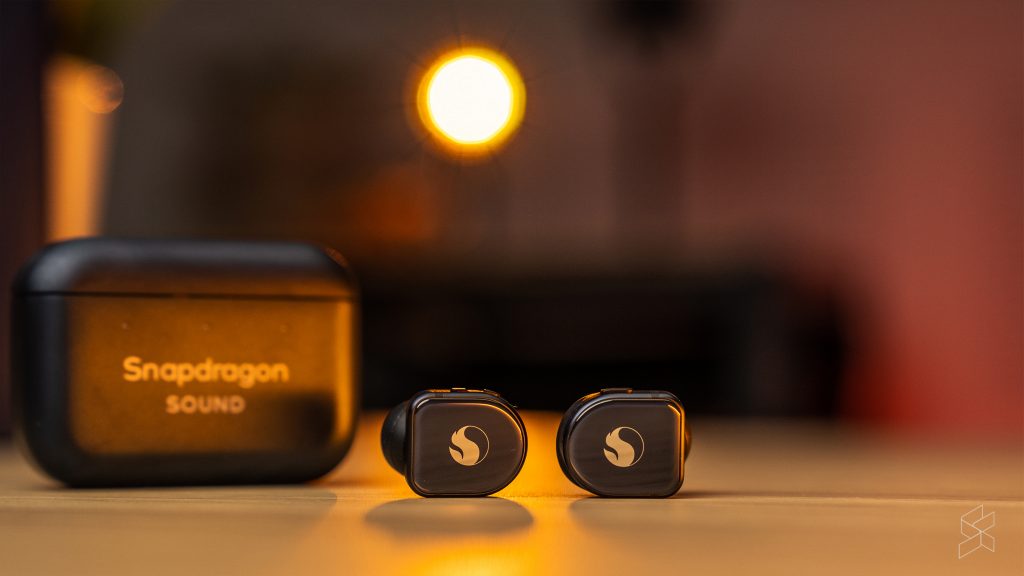

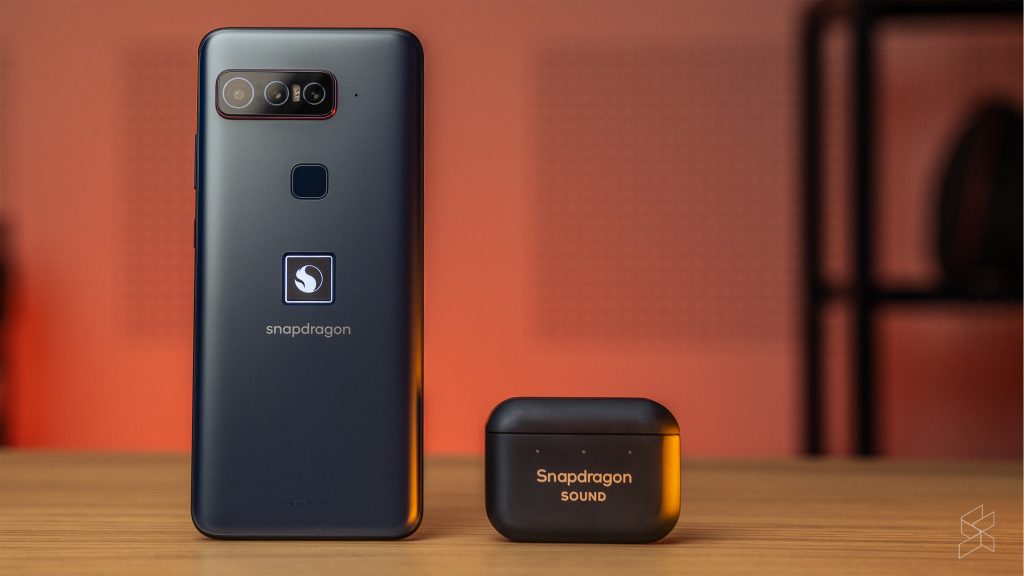
Unfortunately though, the Snapdragon Sound experience we got isn’t actually final. Our review unit earphones were not able to fully utilise the Snapdragon Sound technology, meaning that we lacked support for hi-res 24x96kHz audio. The M&W app was also an unpleasant time, as it consistently failed to update the firmware on the MW08S earbuds despite trying out all the recommended fixes. Nevertheless, if you do get the SSI or indeed just the earbuds, you’re likely in for a good time with or without Snapdragon Sound.
The cameras are solid, but nothing to shout about

Camera-wise, while the ROG Phone 5 and Smartphone for Snapdragon Insiders both have a triple-camera setup on the rear, they’re actually quite different. The SSI has a 64MP IMX686 main sensor that’s supported by an 8MP telephoto lens and a 12MP ultrawide angle camera. Unfortunately again, we were told that the cameras may not be up to par as they’re lacking a couple of crucial updates that were only delivered after my time with the device was done.
Anyway, what I did find with the cameras was that it was mostly fine. Photos were clean and crisp when using the main shooter, though oddly enough processing time for shots took a hot second or two longer than expected, leading to a notification with a progress bar for it sometimes. The ultrawide angle shots were a little touch and go at times, but if I found it good enough for the most part. Portrait shots though were a little disappointing, as the postprocessing on the images can end up with some artifacts or smudging especially between the foreground and background.












Meanwhile, selfie shots via the 24MP camera were good and will be fine for social media. Videos were also solid, with the optical image stablisation giving me decent recordings and the focus was quick to work too. Night mode however was a little weird. While the main camera took some fairly pleasant shots in the dark, using the ultrawide angle lens in night mode gave it an odd, green tinge almost as though it was a scene from Todd Phillips’ Joker.


In the end though, for a smartphone given the title of highest ranking non-Chinese smartphone on the DxOMark camera charts, it’s a little underwhelming—especially once you factor in the high asking price of the device. Again, the cameras aren’t bad in any way, but they just lack any real pizzazz that makes it standout amongst the competition. Of course, the updated camera app may make things much better, but because it wasn’t ready when we were handed the device to review, it’s something that I can’t guarantee.
Final thoughts: You’re better off with an ROG Phone 5 instead
Unfortunately for those of you looking to get the Qualcomm Smartphone for Snapdragon Insiders, it won’t be available in Malaysia. Right now, only the US, China, Germany, Japan, Korea and India have officially gotten their hands on the SSI, though we’re not sure you should get it anyway. It retails for a whopping USD1,499 (~RM6,217.10), which is just an exorbitant amount of money for something that isn’t the best in any way.
For that amount of money, it’s probably a wiser choice to actually just get the ROG Phone 5 instead. At RM 3,799 for the variant with 16GB RAM and 256GB storage, you’ll be getting pretty much all the best parts about the SSI: top notch screen, high refresh rate, solid build quality and incredible performance thanks to the same Snapdragon 888 SoC in it. Plus, it fixes some of the negatives of the SSI too, namely the abhorrent battery life and rear fingerprint sensor.
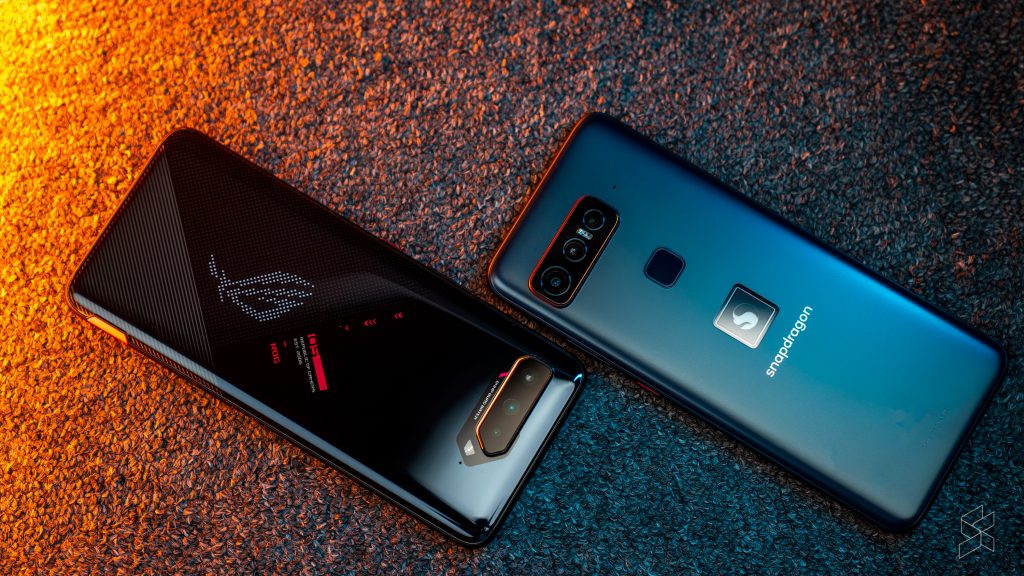
You can then use the rest of the RM 6,000 or so you would’ve spent by shelling out for a pair of really good earphones, such as the Sony WF-1000XM4 earbuds that’ll cost you RM 1,099. For a combined total of RM 4898, you’ll have a great smartphone with top notch performance and some of the best earbuds money can buy. If you really want to spend that RM 6,000 you could even go for the ROG Phone 5 Pro that costs RM 4,499.
At the end of the day, the Smartphone for Snapdragon Insiders isn’t a bad device per se; it’s sleek, slick and certainly very premium. It’s just that we’re not exactly sure who’s it for and what’s the point of it. There’s a lot of better options on the market right now, and combined with its slightly outdated design and not even Qualcomm’s best processor, it’s just not that good of a choice to make. Unless you’re a huge Qualcomm or Snapdragon fan with deep pockets, the SSI is one device that you’ll probably want to pass on—not that you could get it here anyway.

